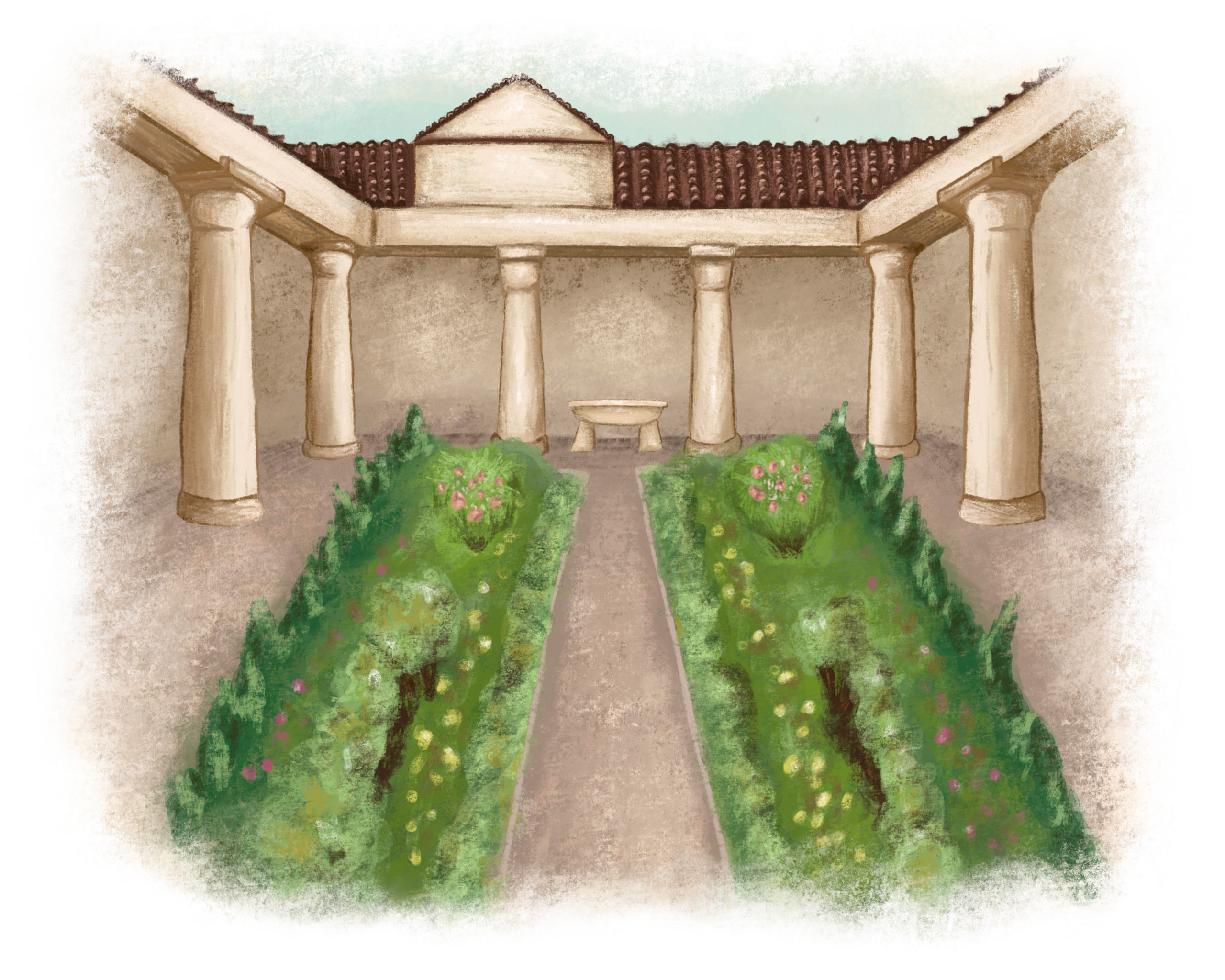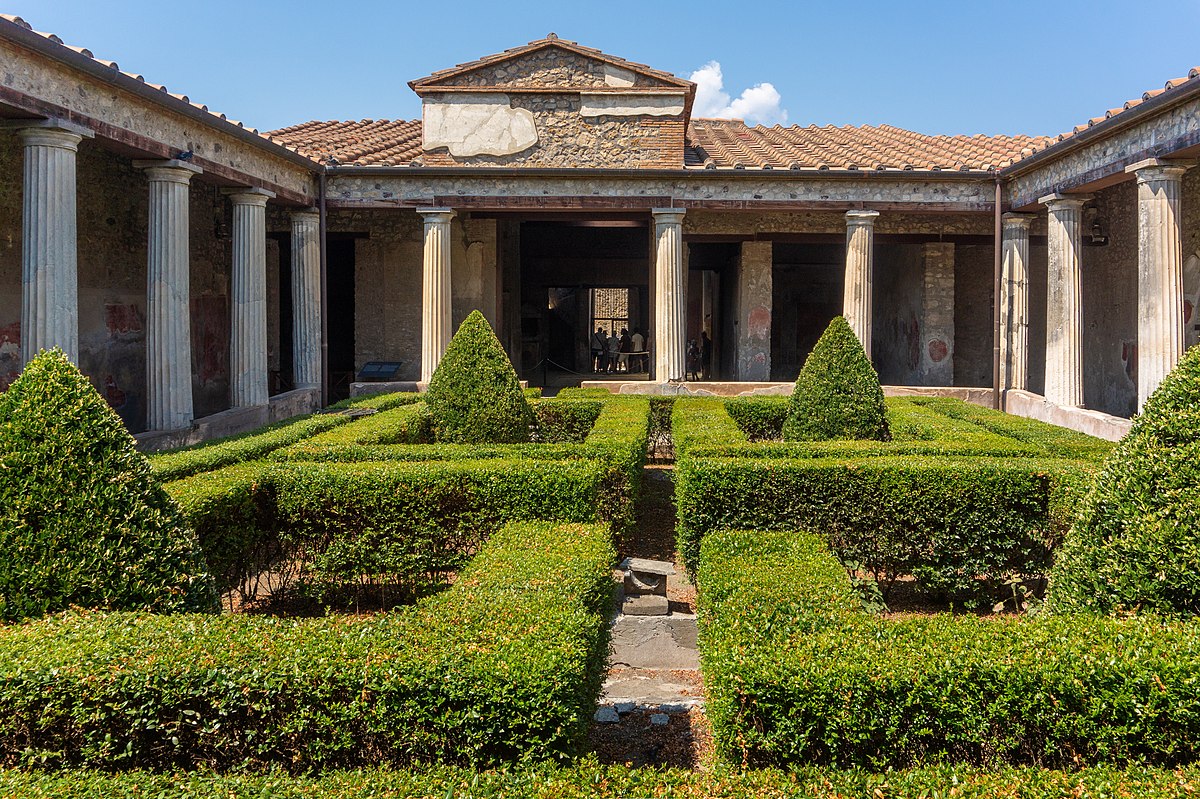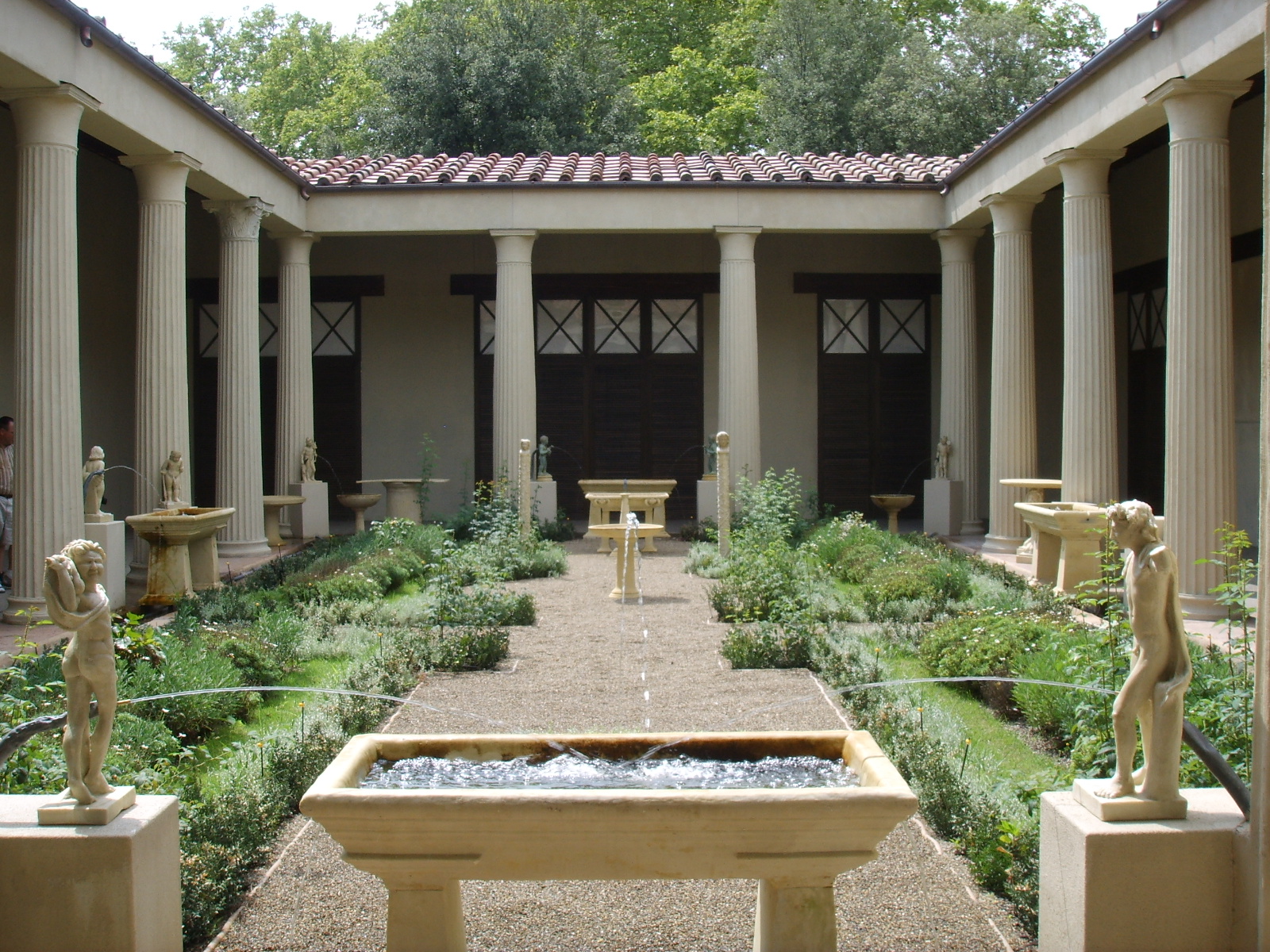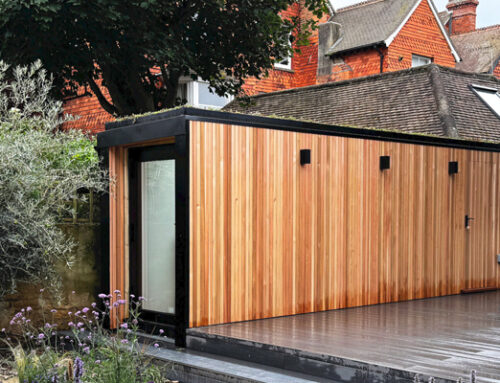When you think of a garden room, you probably think of a modern room with an office, an activity room or a lounging area. You may even think of a mobile home or studio. Regardless of what comes to mind, you probably don’t know the amazing history of garden rooms that’s led to what we have today.
With the earliest depictions or mentions dating as far back as BC, garden rooms have been made for an array of uses throughout history, as well as evolving through thousands of years of culture and societal movements.
In this series, we will be looking at some of the biggest influences on garden rooms and horticulture, starting off over two thousand years ago in Ancient Rome…

Ancient Rome
In ancient Rome, Garden Rooms (also known as Winter Gardens) became common use for growing fruits and vegetables, (also being some of the earliest recognised greenhouses). By using Mica (a mineral commonly used for decorative painting) and semi-transparent stone, they grew their fruits and vegetables in an enclosed space with controlled lighting.
The Romans were heavily influenced by both Persian and Egyptian gardening techniques and horticulture. Each had different and effective ways to grow their gardens, such as Persian gardens being enclosed to help combat colder climates and avoid their gardens from going dry. Small channels of water would be dug and connected across their gardens, which was also found in Greek gardening techniques as well.
Both Roman and Greek gardens coincided, yet the Romans took on the idea of gardens being connected to home and creating spaces for various activities.

As we know, Ancient Romans were incredibly ahead of their time. Horticulture became highly developed alongside architecture during this period. They created stunning buildings by using advanced materials and tools. Ancient Roman gardens would then be made up of around 6 structures, such as townhouses, villas and public gardens.
Enclosed gardens were mainly built for imperial or wealthy families. Townhouses would consist of multiple rooms made for everyday activities, and Villas were built to often include gymnasiums, large areas for hunting, and were overall made for lavish living. The general public was limited to these extravagant gardens, however, upper-class Romans would sometimes turn their gardens into public parks, baths and theatres when they passed on.
Quite often, these enclosed gardens offered a lot of practicality. Some of them were built with areas to collect rainwater, areas for cooking, growing medicinal plants, and there’s even evidence of them being used as shops.
Garden terraces and walks were popular for aesthetic and entertainment purposes, usually boasting beautiful statues and shrines of Roman gods and mythical creatures.

Many parts of ancient Roman architecture have been discovered in the UK. From Villas and forts being found scattered all over the country to whole towns being found underground, there is so much to explore and learn about these remarkable pieces of history. If you are like us and are based in the Sussex area, there are even some beautiful Roman Villas nearby to visit, such as the Bignor Roman Villa . For those looking for a unique getaway, you can even experience what daily life in a Roman garden room may have looked like at the National Roman Legion Museum.
In our next article, we will be looking at the fascinating history of Japanese and Chinese garden rooms, and the beautiful philosophy of Borrowed Scenery.
Keep up to date on our social media to tune into part two, thank you for reading!



